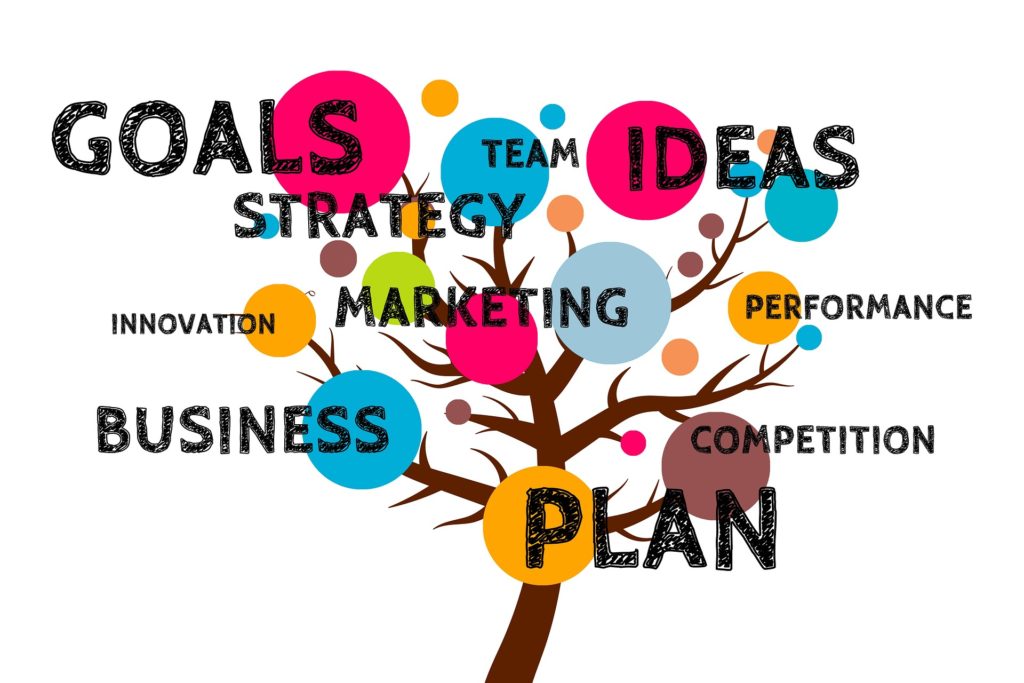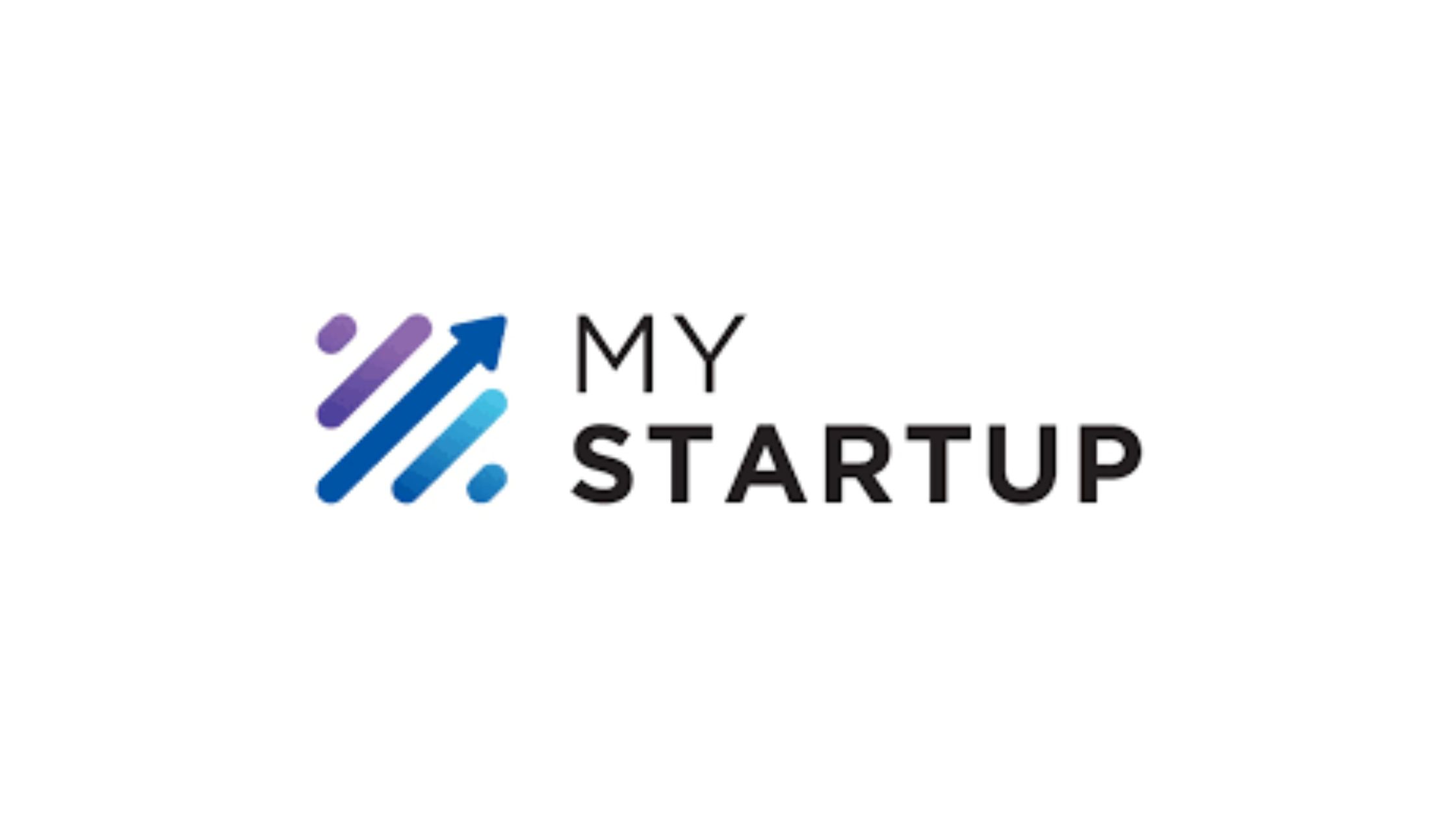AsiaTechDaily – Asia's Leading Tech and Startup Media Platform

Building A Product Which Does Not Have A Market – It’s A Trap!
It’s a question of what comes first- the product or the market. Do you build a market for your product and then sell or do you glorify and place your product on the highest pedestal and let the market build itself? Putting your venture commodity ahead of market creation maybe a high risk – high return approach, but more often than not it leads an emerging business into subsequent traps.
Underestimating Competition
A new venture which boasts of an unbeatable and incomparable idea optimistically believes that the product will always win. Take for example Apple. It started out with laptops and desktop OS which were way ahead of any other of its counterparts but hardly had any market share.
Over the span of a decade, Apple practically monopolized the tech market. It’s approach- the product comes first. Google shares a similar story where it started off small but it’s optimism of letting the market follow the product paid off and the rest as we know is history!
The product-first mindset almost always leads to competitors catching up on the developments and taking up a share in the market for the product.
This happens inevitably in the IT segment as followers and competitors are very quick to follow and latch on to new ideas and innovations hence trapping your startup venture into believing that your product will rule the roost and none will catch up to take a piece of the pie.
Sidetracking Marketing

With a mindset which keeps the focus on the simple fact that “the commodity will sell itself” startup founders tend to ignore sales and marketing. What most “product first ” companies do is try to establish a product-market fit to begin with and then push on with sales and marketing.
Marketing teams need precise deadlines. If the product development team overlooks deadlines, deliveries will pass and overshoot promised dates.
Neglecting Feedback And Statistics
A startup prioritizing its product over the consumer base tends to ignore real data and statistics on how the product is being received in the market. This hampers profit and comes in the way if any scope to improve upon the new idea.
Ignoring End-User Satisfaction
A product-oriented startup will invest in the wrong stakeholders as their end goal will be to make the internal shareholders and stakeholders happy. The hidden trap here lies in the overlooking of end-user satisfaction as that and only that is what will take a new idea ahead and pave a successful path for the venture.
Lack Of Product Testing
Overtly focusing on the product ends up backfiring at times as pre assumptions are made about it being a success. Hypothesis made about end-user satisfaction needs to be tested and confirmed to ensure greater success and avoid loss incurring failure in the near future.
Forcing Upgrades On Customers
Since the product takes center stage, the customer’s likes and preferences are ignored. A new feature or upgrade of the initial product may not have been what the market wanted, but a product-first venture will overlook that. The newer idea will be forced upon the consumers to the extent that the older more preferred version may even be pulled out altogether, hence losing a huge market pool for the venture.
Equating Product Completion To Success

Merely delivering the promised idea on time and within the allotted budget cannot be termed as a successful bout. Most product-driven firms know that the end-use consumers are probably not fully satisfied with the product but they term their stint as successful anyway since they delivered what they had planned. The question they need to ask themselves to truly taste success is “Do my customers really like what we have created?” Unless this question is addressed and followed through, continuing operations will truly be a risk.
Tough as it may be, reaching maximum viability of the product with the end-users is the best way to go. New ventures just keep at it to find the best product-market fit by building what the users want by way of tweaking the original product idea if need be.





